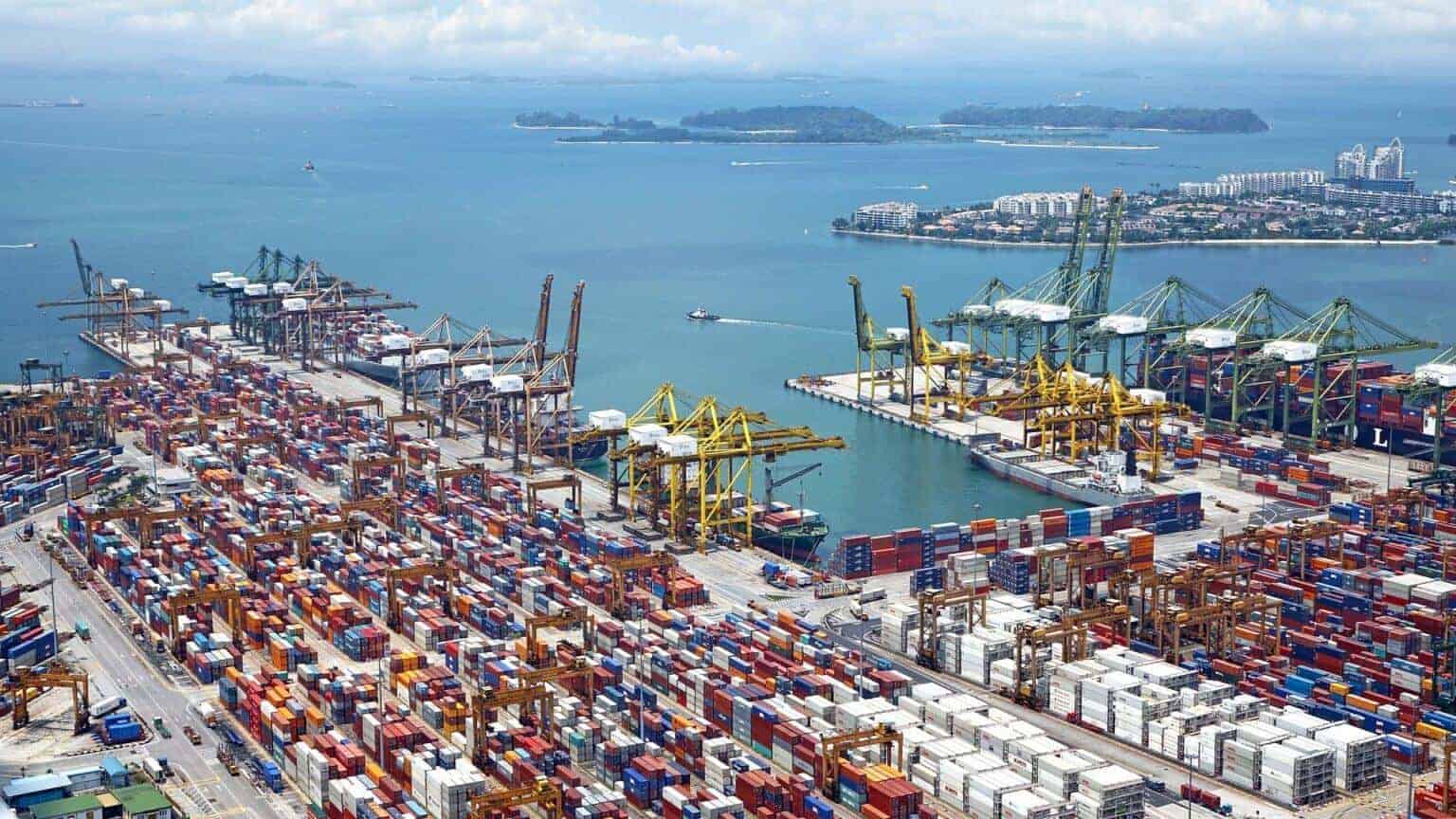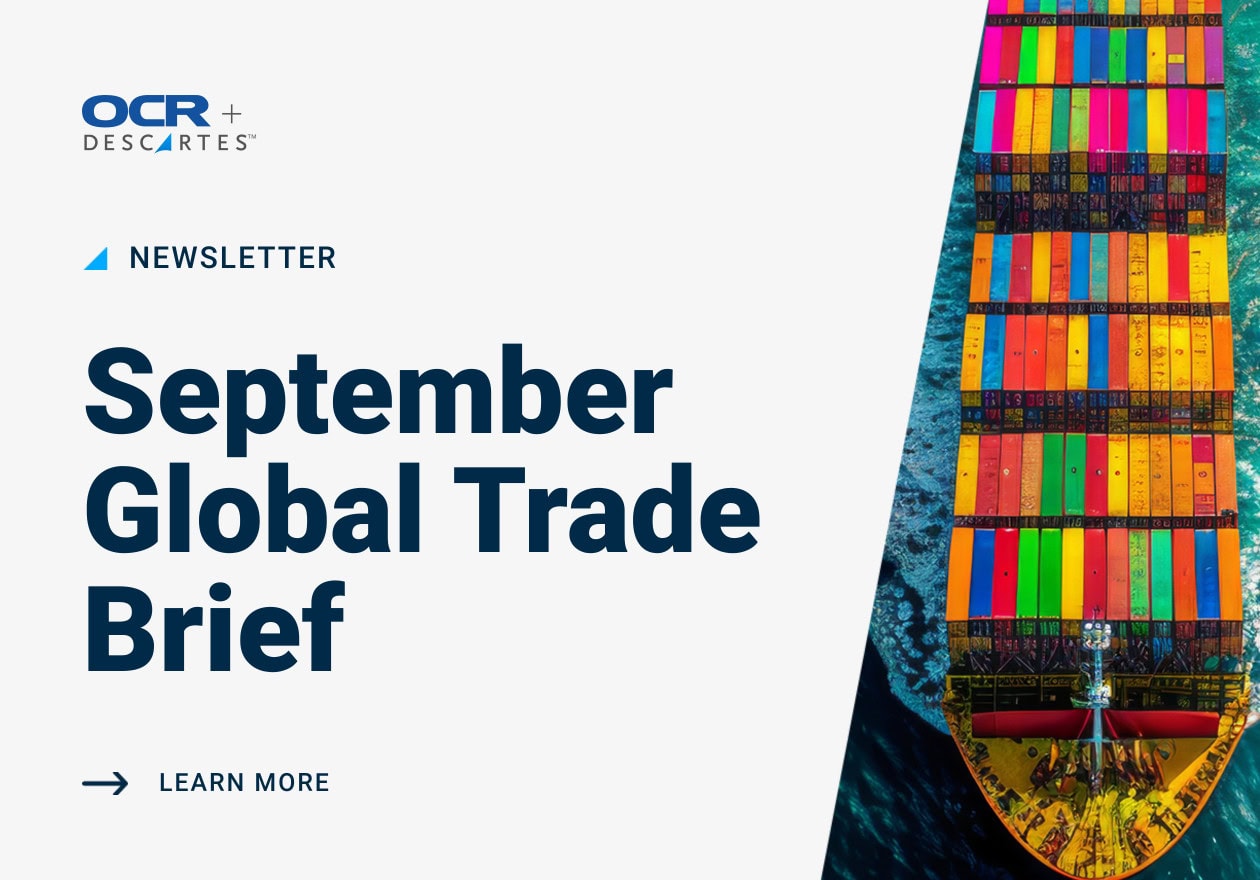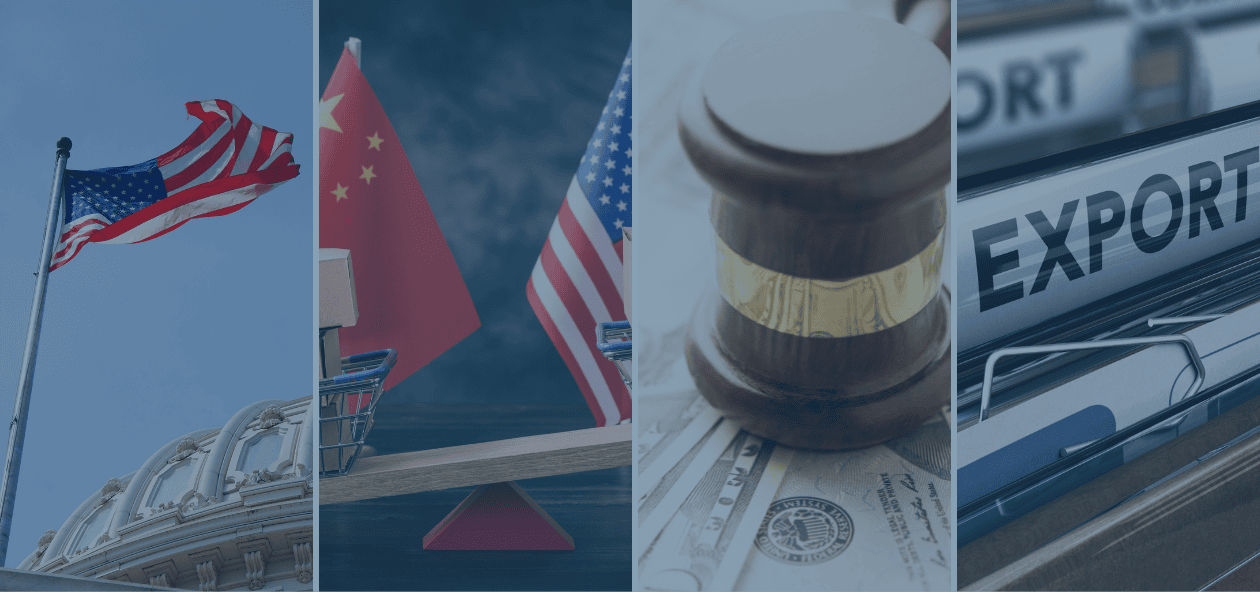- If any drawback claim subject to Section 301 and/or 201 duties was previously filed and accepted in ACE, the filers are required to “perfect” the claim. To “perfect” a claim, filers must contact their Drawback Specialist and request the claim be returned to trade control. The filers are then required to list both HTSUS tariff numbers (as described above) on their claims and resubmit to CBP within 5 business days. • Goods subject to Section 232 are ineligible for refund of 232 duties, per Presidential Proclamation 9739 and 9740.
- Pre-TFTEA Substitution Claims: 301/201 duties are refundable, in full, on pre-TFTEA substitution claims.
- TFTEA Substitution Claims: 301/201 duties are refundable on TFTEA substitution claims, even if subject to the TFTEA lesser of [value] rule. If subject to the TFTEA lesser of [value] rule, the amount will be limited by the value of the substituted merchandise when it is lower than the value of the imported merchandise.
- NAFTA Claims (pre and post TFTEA): 301/201 duties may be refundable on NAFTA claims subject to the lesser of [duty] rule, but only when the total amount of Canadian/Mexican duties paid is higher than the total amount of duties paid in the United States. The amount of 301/201 duties refunded under the NAFTA lesser of [duty] rule will be limited by the total amount of duties paid on the merchandise imported into Canada/Mexico.
EXCLUSIONS FROM THE 301 CHINA DUTIES:
CBP provides instructions on submitting entries to CBP concerning products that have been granted exclusions from the 25% duty assessed on imported goods from China under Section 301.The CBP release states that the functionality for the acceptance of products excluded from Section 301 duties will be available in the Automated Commercial Environment (ACE) on February 10, 2019.
CBP Instructions are as follows:
- In addition to reporting the regular Chapters 84, 85 and 90 classification of the Harmonized Tariff Schedule of the United States (HTSUS) for the imported merchandise, importers must report the HTSUS classification 9903.88.05 (Articles the product of China, as provided for in U.S. note 20(h) to this subchapter, each covered by an exclusion granted by the USTR) for imported merchandise subject to the exclusion.
- Importers are directed not to submit the corresponding Chapter 99 HTS number for the Section 301 duties when HTS 9903.88.05 is submitted
- The CBP release explains that the customs duty exclusions granted by the USTR are retroactive on imports to the initial effective date of July 6, 2018. To request an administrative refund for previous imports of duty-excluded products granted by USTR, importers may file a Post Summary Correction (PSC) by following the entry filing instructions (above). If the entry has already liquidated, importers may protest the liquidation.
ADVANCED ELECTRONIC DATA REQUIREMENTS:
- AED will be required beginning 1 January 2019 for international postal shipments of goods originating from China and destined for delivery in the United States. This AED standard also applies to postal shipments of goods that originate in Hong Kong and Macau.
- CBP would like the carriers to communicate with postal officials in China, Hong Kong, and Macau to confirm that all (100%) of the containers with postal shipments contain AED before loading the shipments onto their conveyance. If the postal operator identifies to the carrier that a container does not have 100% AED, then the carrier is directed not to accept that container.
- CBP stated that enforcement action on shipments (including those that may include return of shipments without 100% AED) “…could begin at any time beginning January 1, 2019.”
VIOLATION OF THE NORTH KOREA SANCTIONS REGULATIONS
The United States Patent and Trademark Office (USPTO) issues a final rule to incorporate classification changes adopted by the Nice Agreement Concerning the International Classification of Goods and Services for the Purposes of the Registration of Marks (Nice Agreement). These changes are effective January 1, 2019, and are listed in the International Classification of Goods and Services for the Purposes of the Registration of Marks (11th ed., ver. 2019), which is published by the World Intellectual Property Organization (WIPO).
OFAC VIOLATIONS
VIOLATION OF THE NORTH KOREA SANCTIONS REGULATIONS
Facts:
The apparent violations involved the importation of false eyelash kits from two suppliers located in the People’s Republic of China that contained materials sourced by these suppliers from the Democratic People’s Republic of Korea.
Conclusion:
OFAC determined that e.l.f. Cosmetics, Inc. (“ELF”) of Oakland, California voluntarily self-disclosed the apparent violations and that the apparent violations constitute a non-egregious case. OFAC announced a settlement of $996,080 with, ELF has agreed to settle its potential civil liability for 156 apparent violations of the North Korea Sanctions Regulations, 31 C.F.R. part 510 (NKSR)
VIOLATION OF THE CUBAN ASSETS CONTROL REGULATIONS
Facts:
Between May 2012 and February 2016, AppliChem violated § 515.201 of the Cuban Assets Control Regulations when it fulfilled Cuba orders of chemical reagents on 304 invoices. OFAC determined that AppliChem’s U.S. parent voluntarily self-disclosed the apparent violations, and that the apparent violations constitute an egregious case. On January 1, 2012, Illinois Tool Works, Inc. (ITW), a company based in Glenview, Illinois, acquired AppliChem, a German company that manufactures chemicals and reagents for the pharmaceutical and chemical industries. While conducting acquisition negotiations in December 2011, ITW discovered references to countries subject to U.S. economic and trade sanctions on AppliChem’s website. On December 19, 2011, ITW warned AppliChem that it would be required to cease all Cuban transactions after its acquisition by ITW. After finalizing the acquisition, ITW incorporated AppliChem into its Reagents Division, whose management is located in Spain. ITW agreed with AppliChem’s former owners that they would stay on as manager-employees. On January 12, 2012, the General Manager of ITW’s Reagents Division sent AppliChem’s former owners a memorandum explaining ITW’s guidelines for complying with U.S. sanctions, including the CACR. Notwithstanding both of the above-referenced warnings, AppliChem continued to complete and collect on existing orders with Cuban nationals under pre-acquisition contracts following its acquisition by ITW. Upon discovering AppliChem’s continued Cuban business, ITW’s European legal department sent a third warning to AppliChem’s former owners on April 5, 2012, that all sales to Cuba were to be ceased with immediate effect. Subsequently, ITW submitted a voluntary self-disclosure to OFAC on January 23, 2013. In the 2013 disclosure, ITW stated that based on representations from AppliChem’s former owners, “all [of AppliChem’s] open [Cuba] transactions were cancelled[.]” On May 29, 2015, OFAC issued a cautionary letter to ITW in response to AppliChem’s post-acquisition Cuba sales. On or about January 27, 2016, an anonymous report was made through the ITW ethics helpline alleging that AppliChem continued to make sales to Cuba through an intermediary company in Berlin, Germany. ITW immediately began a full investigation, which revealed that AppliChem’s former owners had continued AppliChem’s Cuba business by creating a scheme that concealed this business from ITW after specifically representing to ITW that it had ceased. The former owners of AppliChem are no longer employed by ITW.
Conclusion:
The U.S. Department of the Treasury’s Office of Foreign Assets Control (OFAC) has announced a $5,512,564 penalty against AppliChem GmbH (“AppliChem”) of Darmstadt, Germany for 304 violations of the Cuban Assets Control Regulations, 31 C.F.R. Part 515
VIOLATION OF THE IRANIAN SANCTIONS – COMPANY TO PAY $500,000 AS SETTLEMENT
Facts:
The company’s business involves global sourcing and marketing of raw cement materials. OFAC reported that between July 2014 and January 2015, the company purchased approximately 264,000 metric tons of Iranian-origin cement clinker from a company located in the United Arab Emirates, but with knowledge that the cement clinker was sourced from Iran. The U.S. company then resold and transported the clinker to a company in Tanzania.The company voluntarily self-disclosed five apparent violations Iranian Sanctions to OFAC.
Conclusion:
OFAC determined that the apparent violations constitute a non-egregious case. The OFAC concluded that this case demonstrates the importance for companies operating in high-risk industries (e.g., international trading) to implement risk-based compliance measures, especially when engaging in transactions involving exposure to jurisdictions or persons implicated by U.S. sanctions. Companies engaging in international transactions need to consider and respond to sanctions-related warning signs—such as information that goods are originating from, being loaded or unloaded at ports located in, or being trans-shipped through countries or regions subject to comprehensive U.S. economic and trade sanctions. The Connecticut company is to pay over $500,000 to settle the apparent violations of the Iranian sanction’s regulations
CASE STUDIES
TARIFF CLASSIFICATION OF FIBER OPTIC TELECOMMUNICATIONS NETWORK EQUIPMENT
ADC Telecomms., Inc. v. United States, 2018-1316 (Fed. Cir. February 19, 2019)
Facts:
Appellant ADC Telecommunications, Inc. (“ADC”) sued Appellee United States (“the Government”) in the U.S. Court of International Trade (“CIT”), challenging U.S. Customs and Border Protection’s (“Customs”) classification of imported Value-Added Modules (“VAM”) consisting of fiber optic telecommunications network equipment under Harmonized Tariff Schedule of the United States (“HTSUS”) Subheading 9013.80.90, which bears a duty rate of 4.5% ad valorem. ADC and the Government filed cross-motions for summary judgment, with ADC arguing that the subject merchandise should be classified under HTSUS Subheading 8517.62.00, which bears a duty-free rate.
Analysis:
- The HTSUS governs the classification of merchandise imported into the United States.
- The GRI and the ARI govern the classification of goods within the HTSUS.
- HTSUS Heading 9013 Covers the Subject Merchandise and the Subject Merchandise Does Not Fall Within HTSUS Heading 8517.
“HTSUS Heading 8517 covers “[t]elephone sets, including telephones for cellular networks or for other wireless networks” and “other apparatus for the transmission or reception of voice, images or other data, including apparatus for communication in a wired or wireless network (such as a local or wide area network), other than transmission or reception apparatus of [H]eading 8443, 8525, 8527, or 8528; parts thereof.” Chapter 85 of the HTSUS is contained in Section XVI, and Note 1 to Section XVI provides that “[t]his section does not cover . . . (m) [a]rticles of [C]hapter 90.” Therefore, because the subject merchandise is classifiable in HTSUS Heading 9013, which is found in Chapter 90, see supra Section II.B, it is not classifiable in Section XVI, in which HTSUS Heading 8517 is found.
Having determined that the subject merchandise is properly classified under HTSUS Heading 9013, we apply GRI 6, which is employed in a classification analysis to determine the appropriate subheading. See GRI 6 (applying to “the classification of goods in the subheadings” and explaining that “only subheadings at the same level are comparable”)
At the six-digit subheading level, the subject merchandise does not fall within the terms of HTSUS Subheading 9013.10, which covers “[t]elescopic sights for fitting to arms; periscopes; telescopes designed to form parts of machines, appliances, instruments or apparatus of this [C]hapter or [S]ection XVI,” or HTSUS Subheading 9013.20, which covers “[l]asers, other than laser diodes.” Instead, the subject merchandise is aptly described by HTSUS Subheading 9013.80, which covers “[o]ther devices, appliances and instruments.”
Because the subject merchandise does not fall within any of the eight-digit level subheadings preceding HTSUS Subheading 9013.80.90, it is properly classified under HTSUS Subheading 9013.80.90, which covers “[o]ther.”
Conclusion:
The U.S. Court of International Trade denied the company’s motion for summary judgment, and agreed with the government that CBP had properly classified the imported merchandise under HTSUS subheading 9013.80.90.



